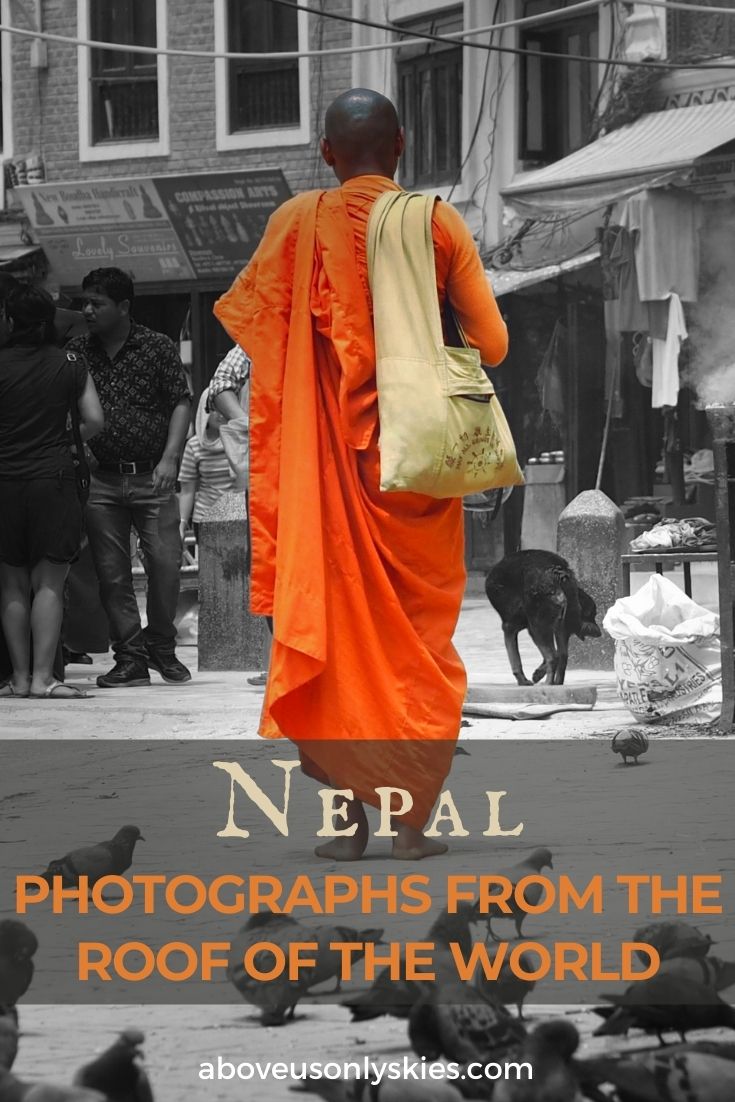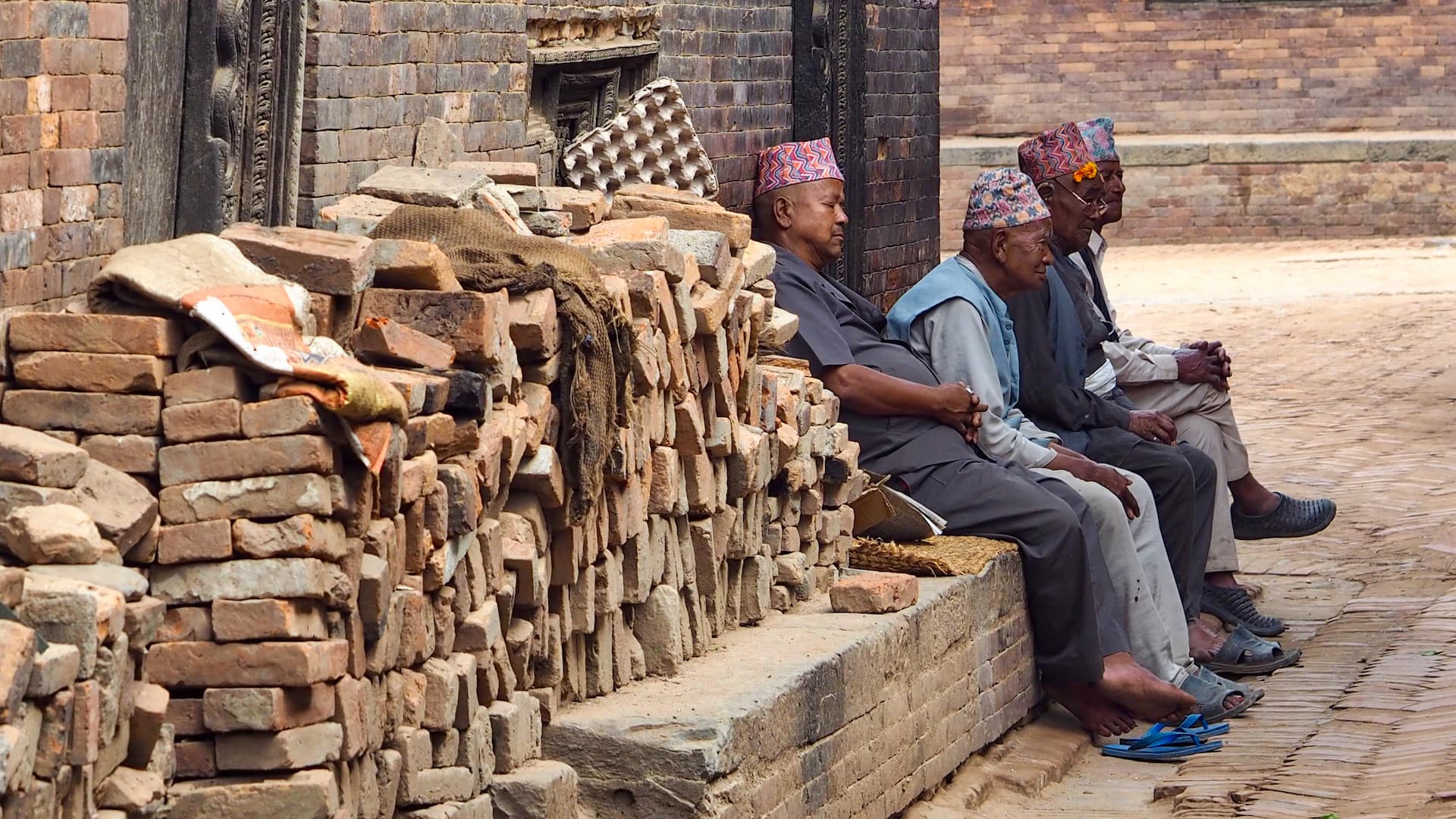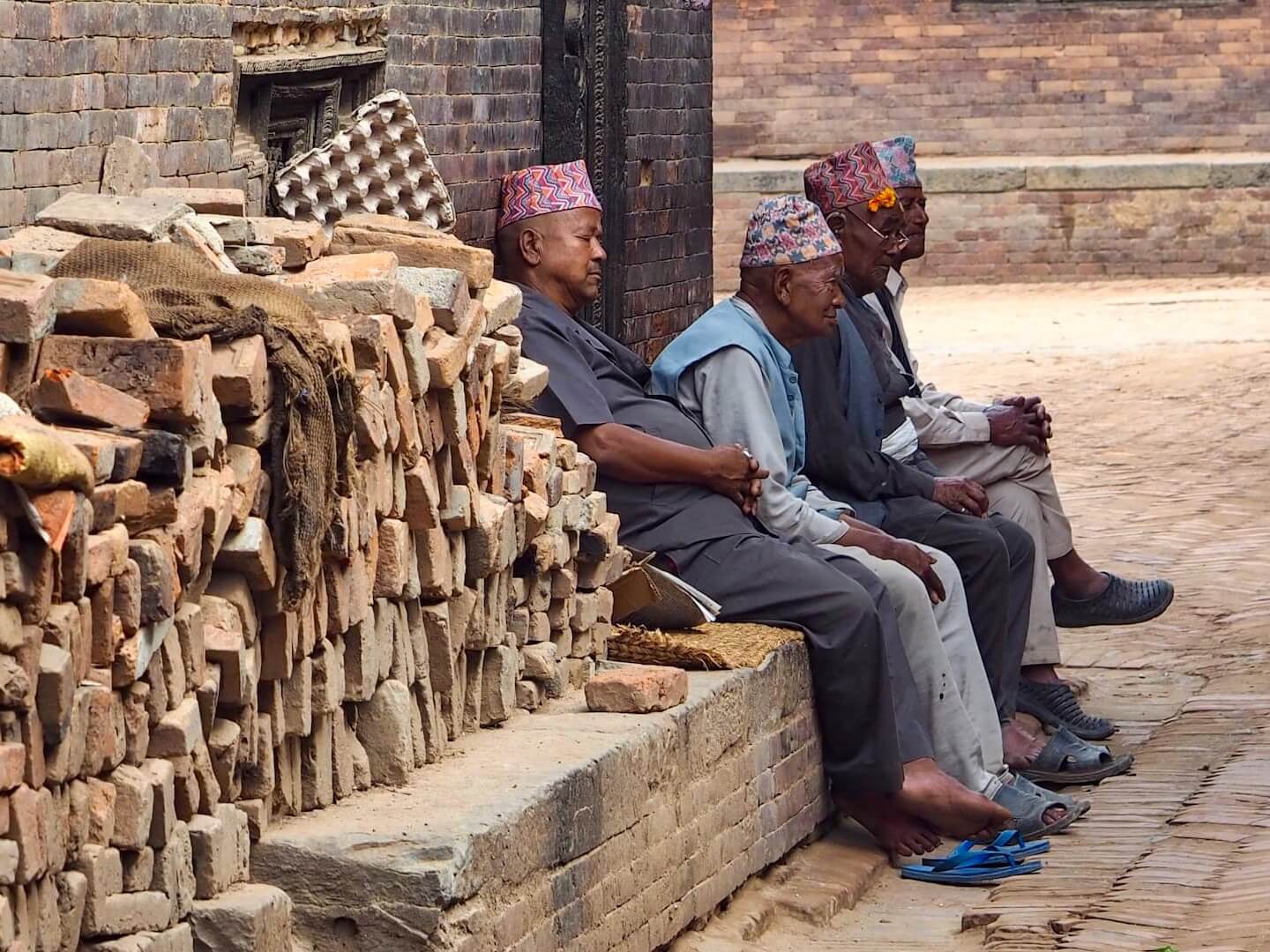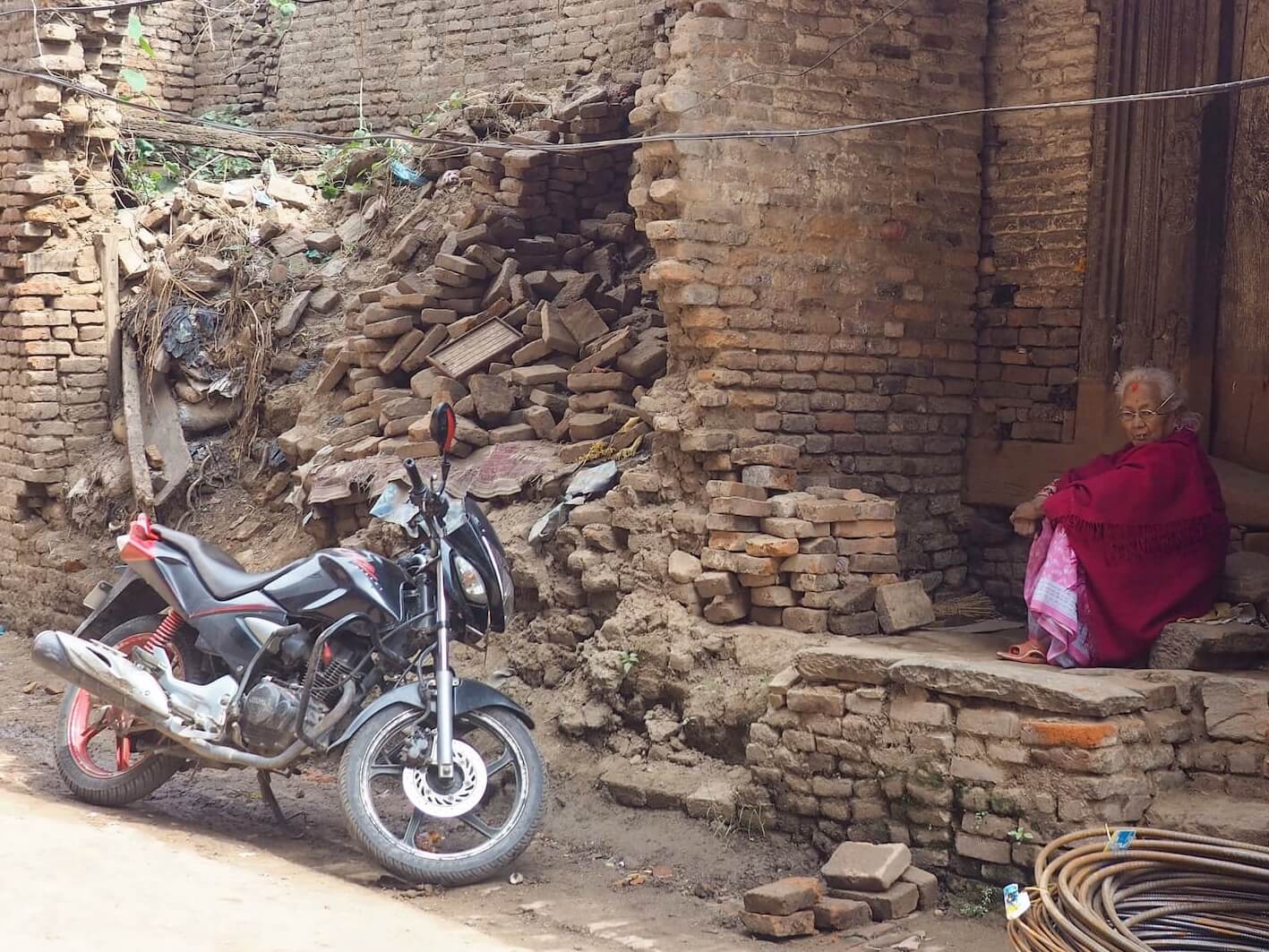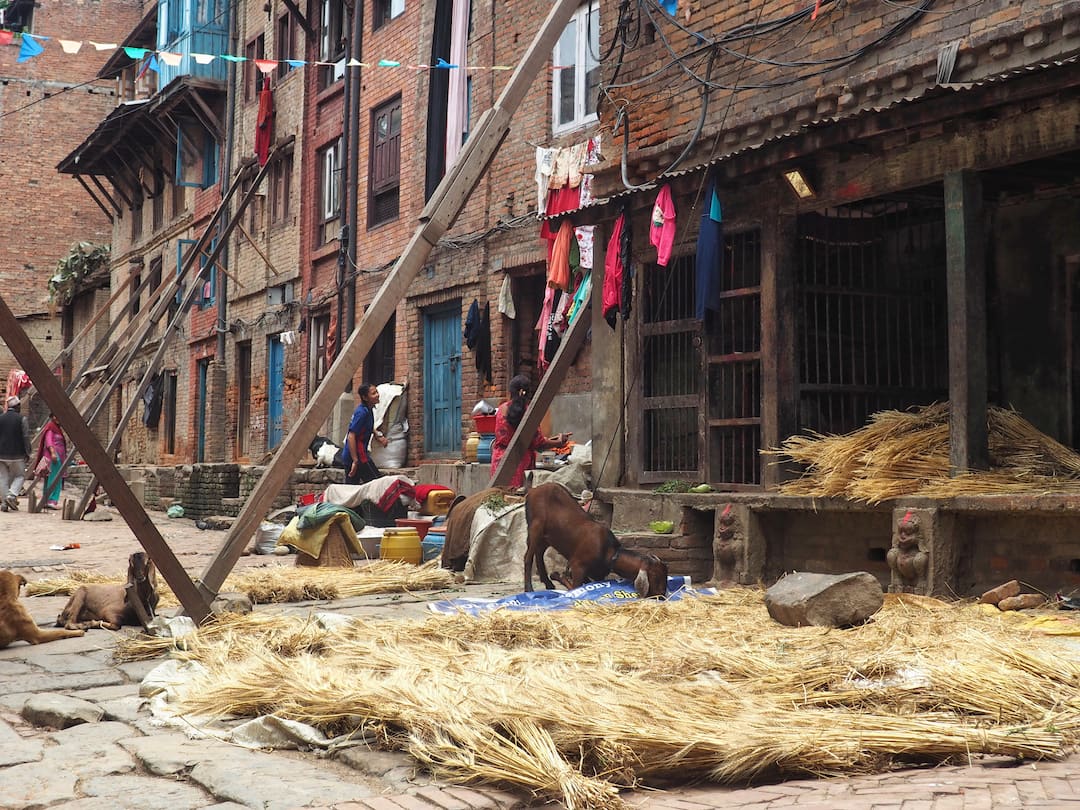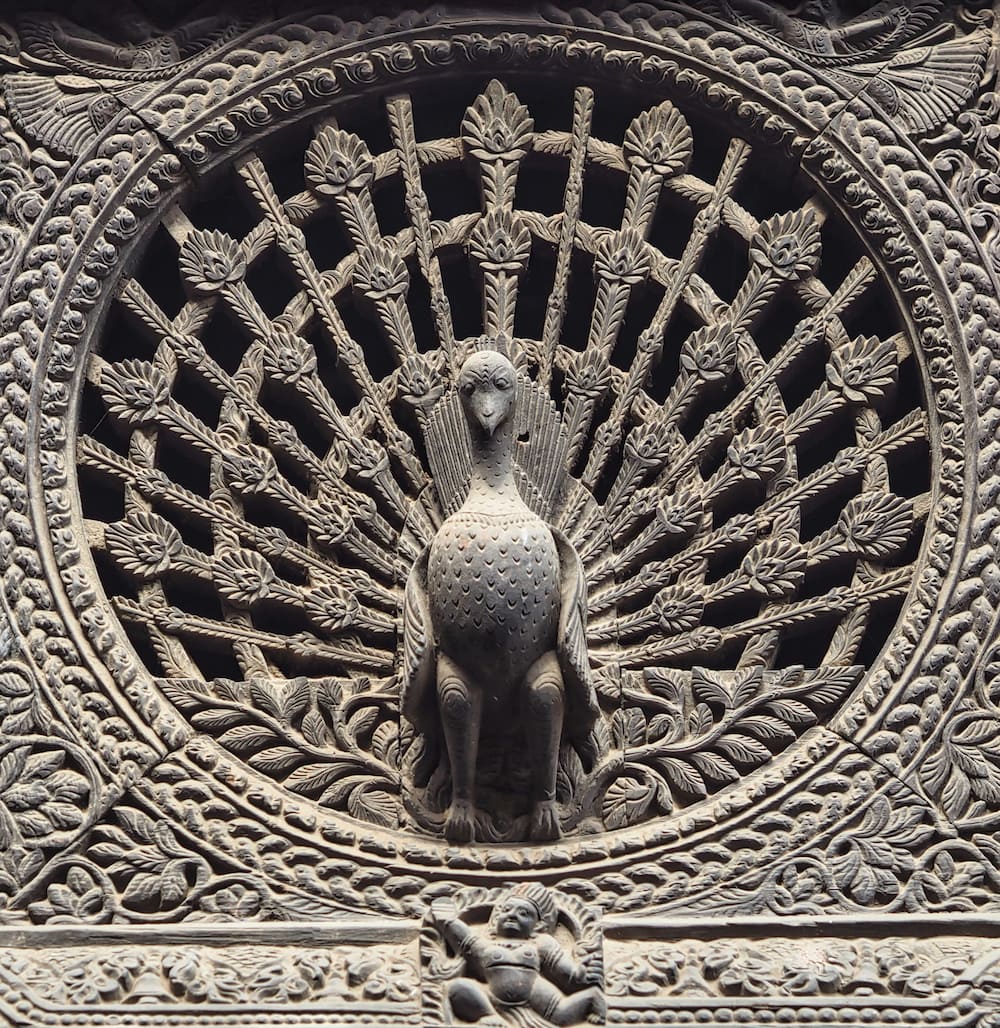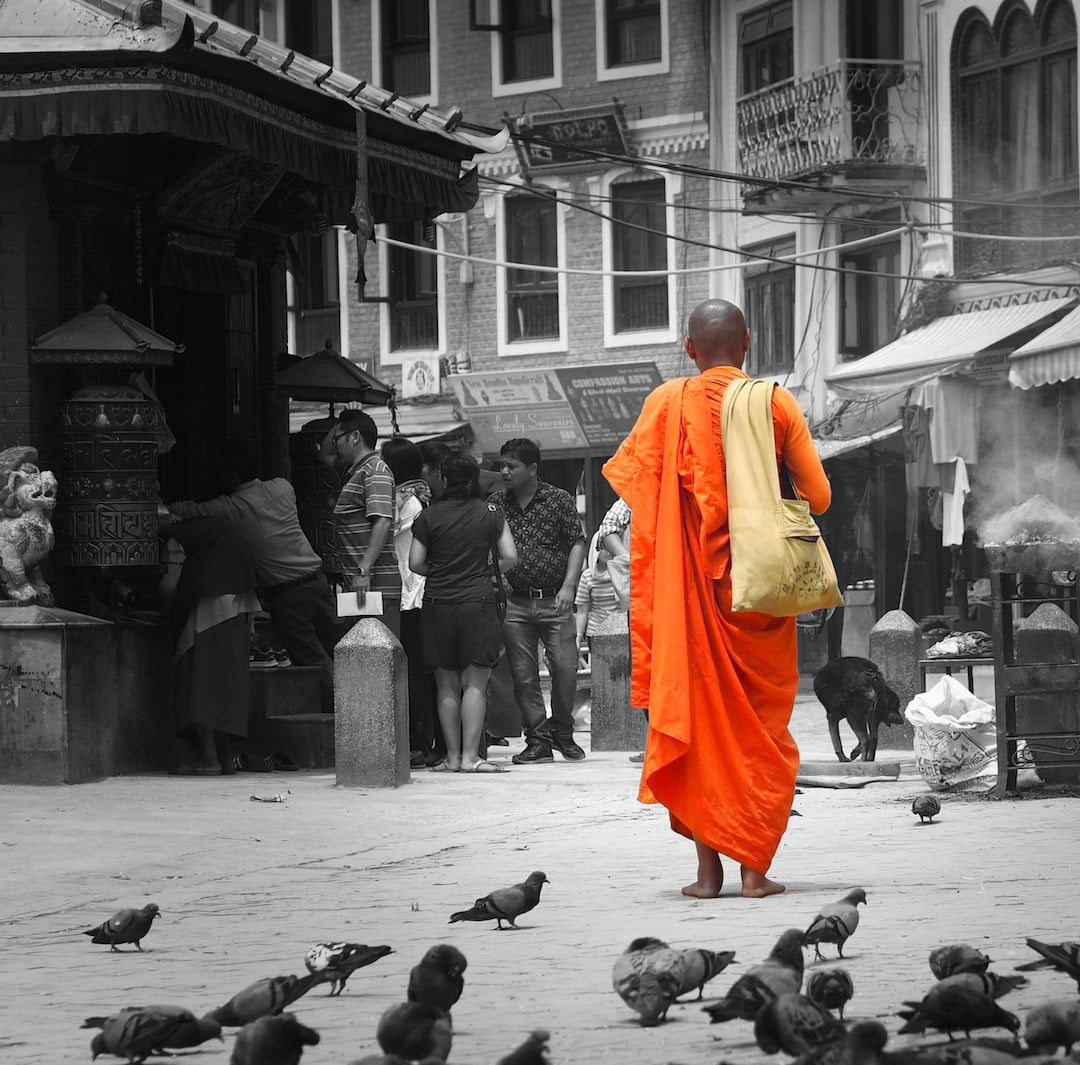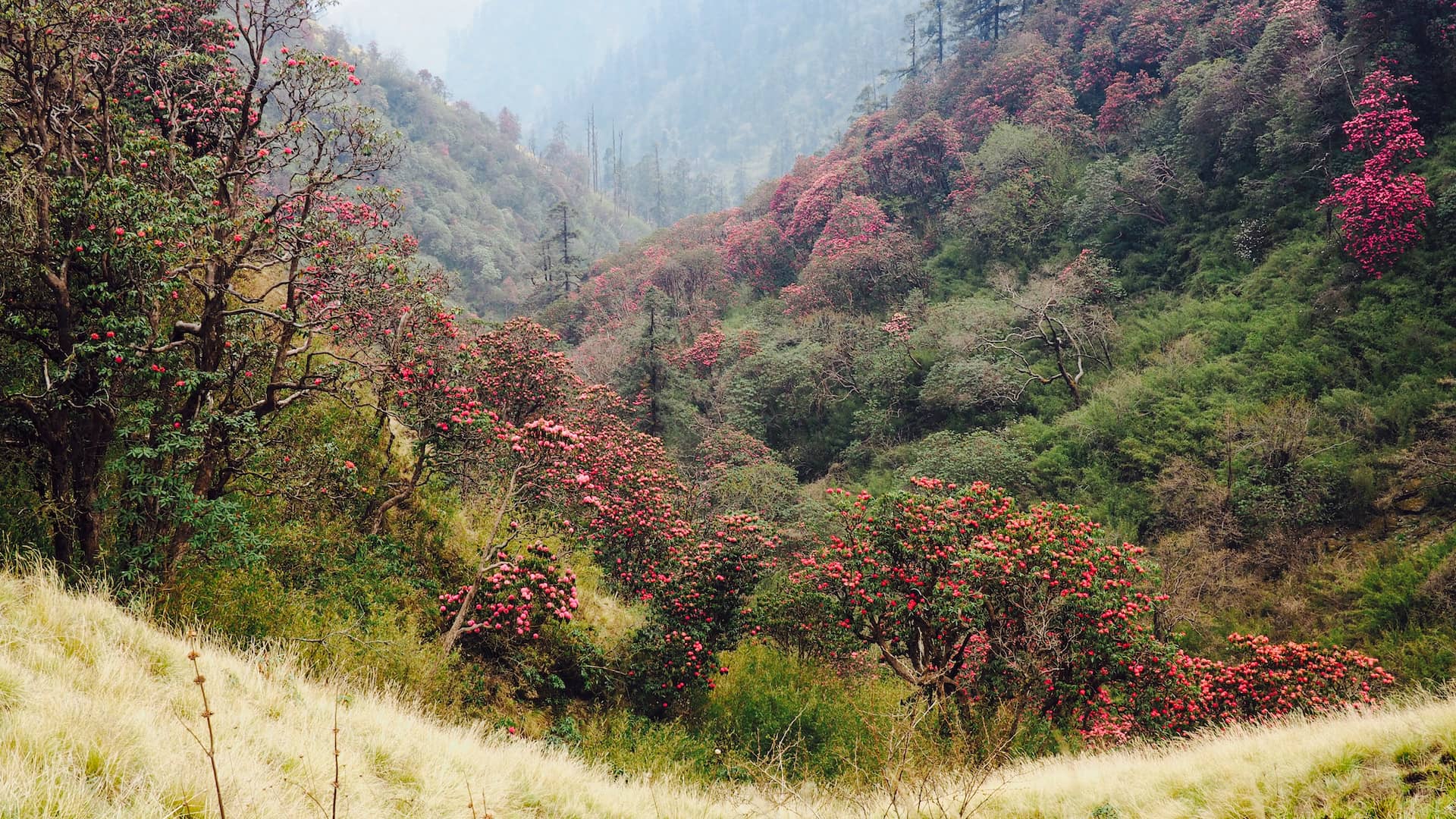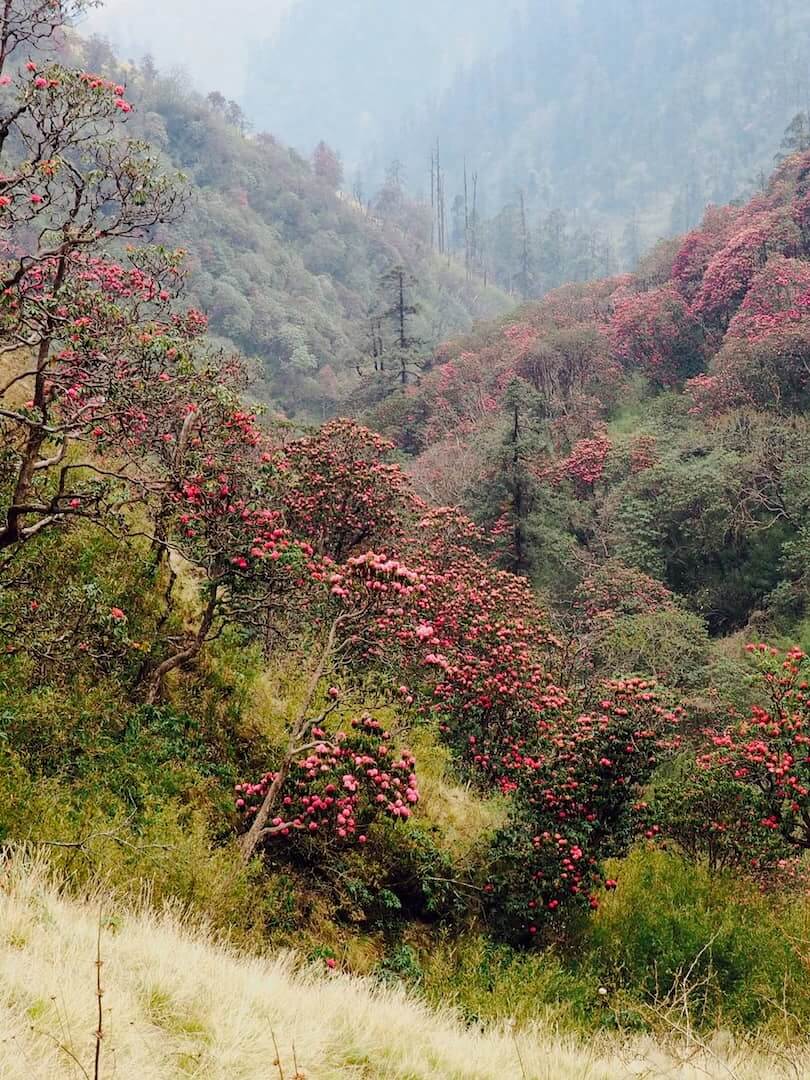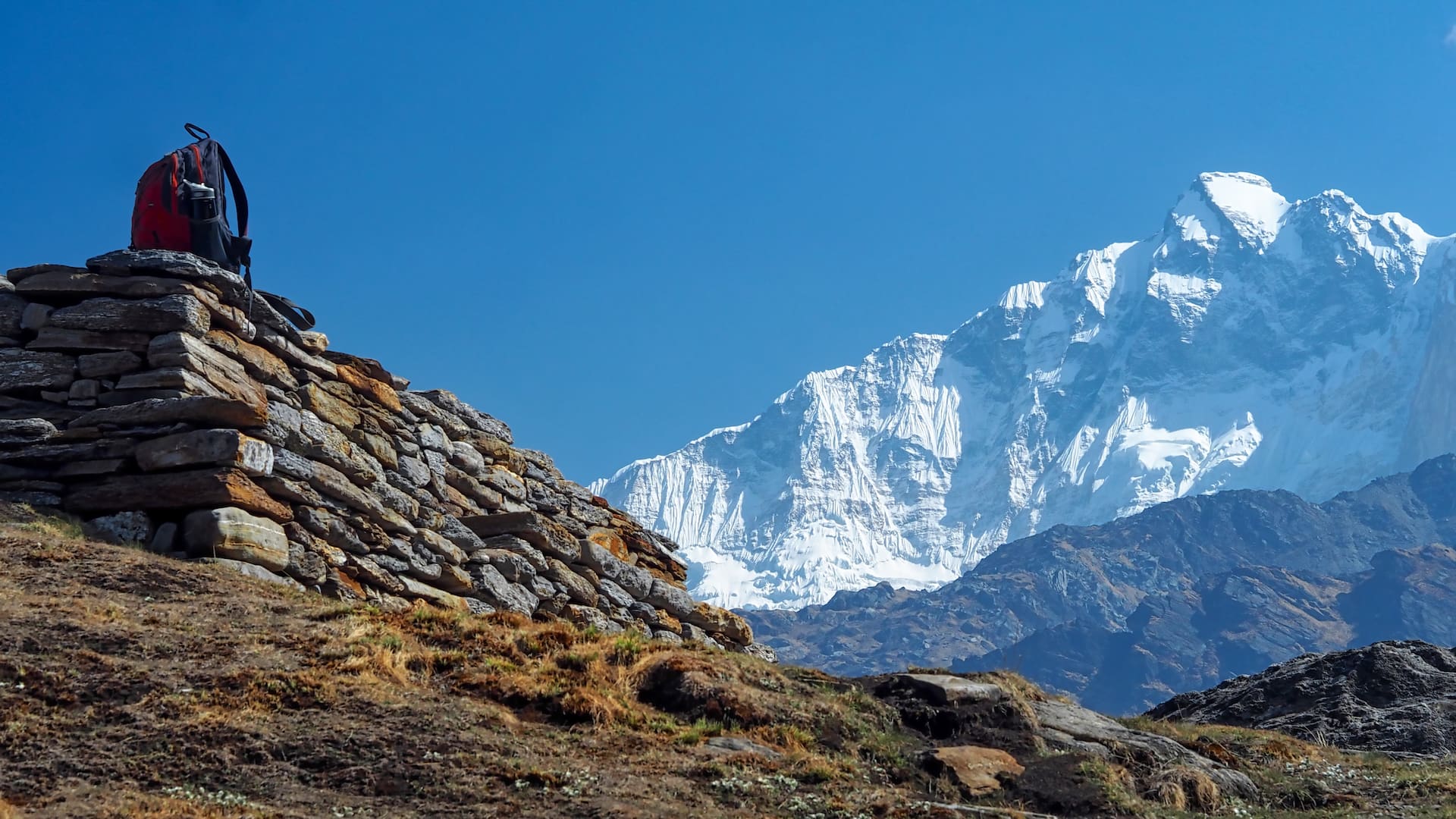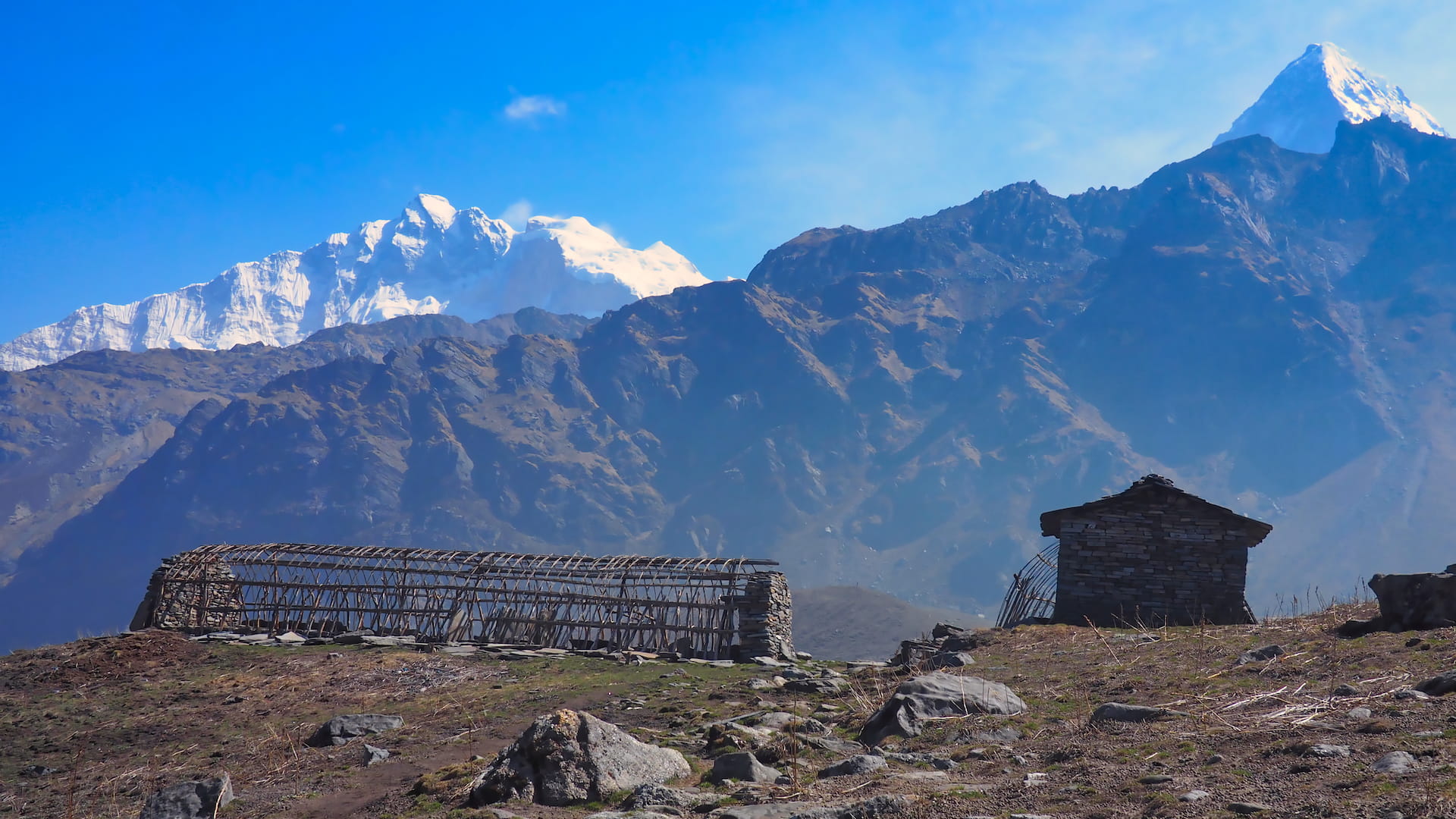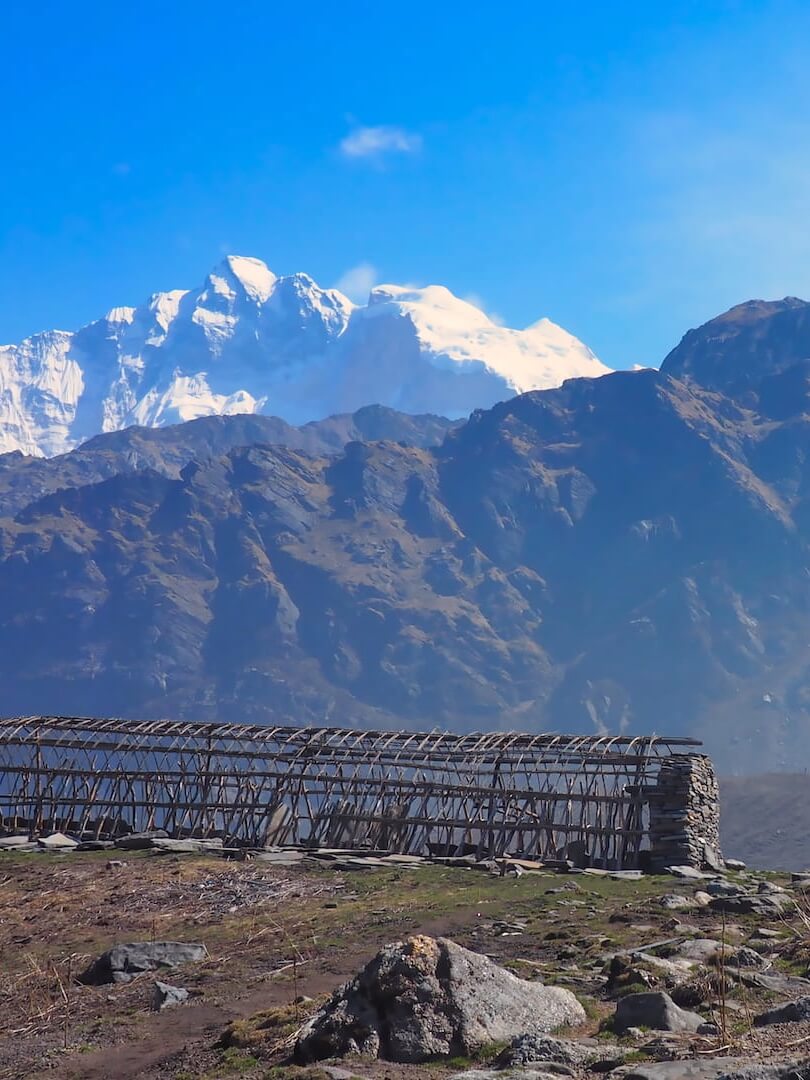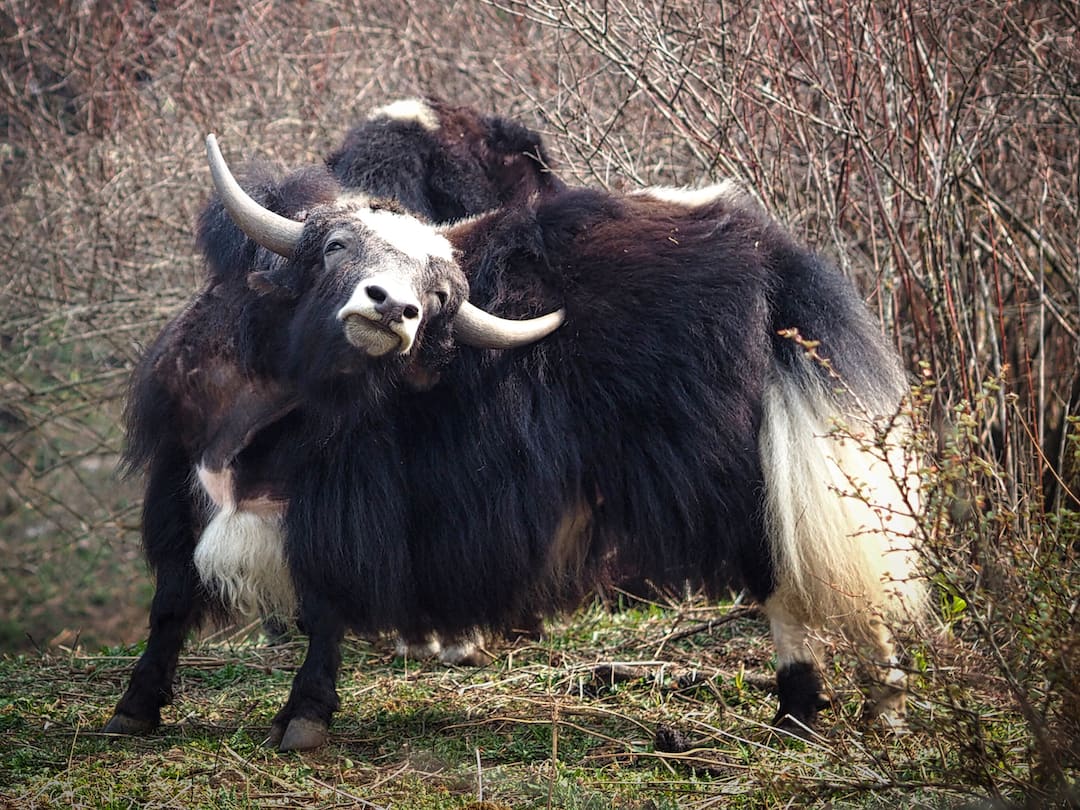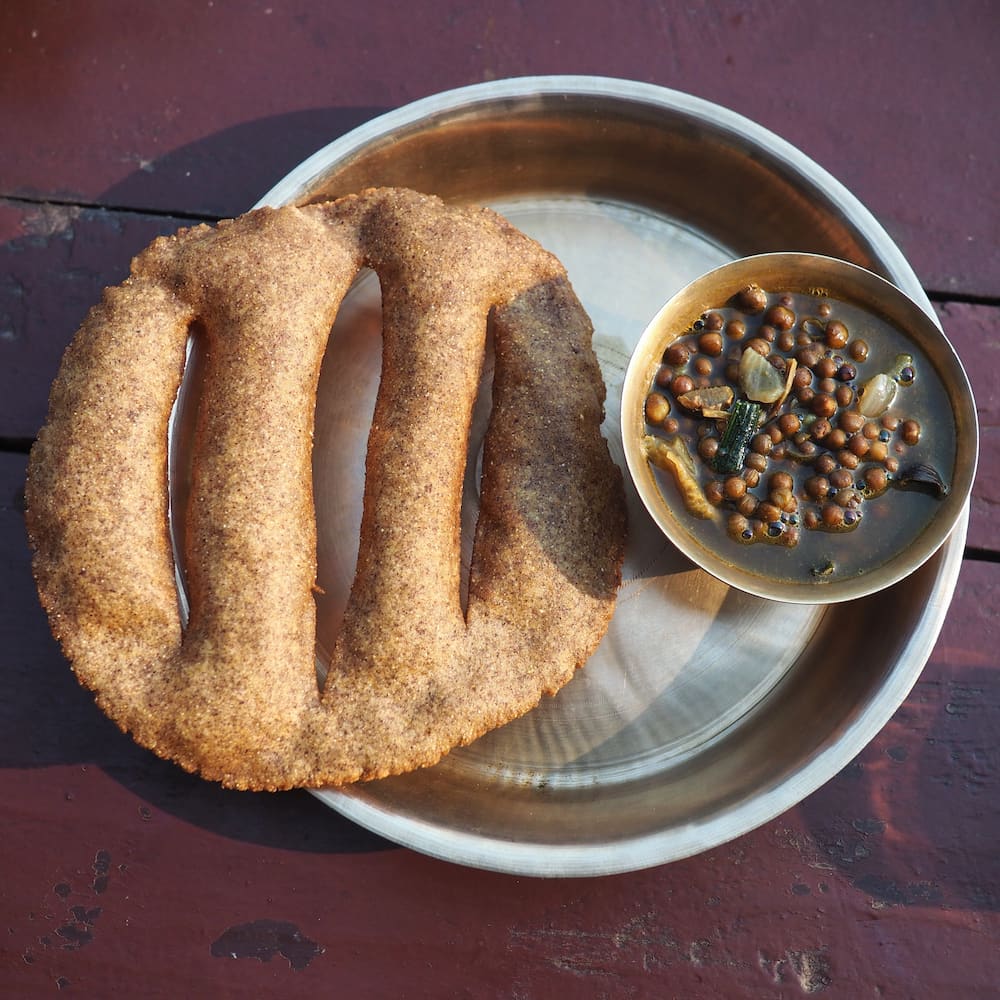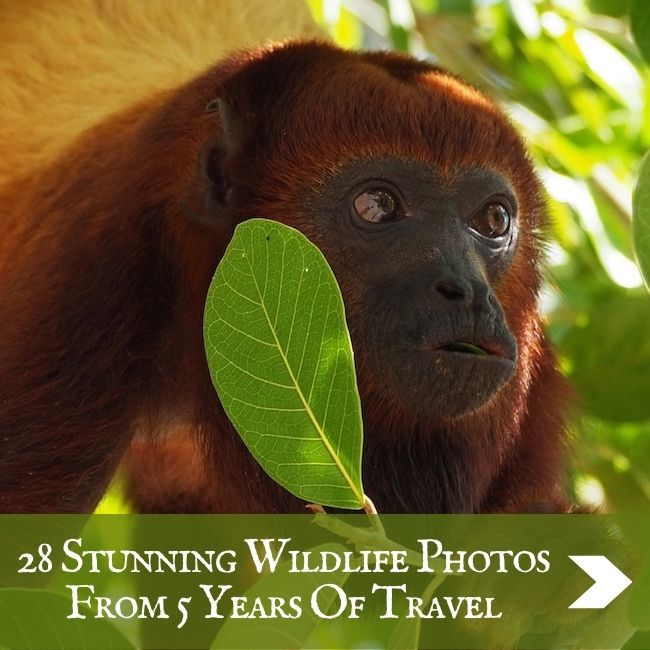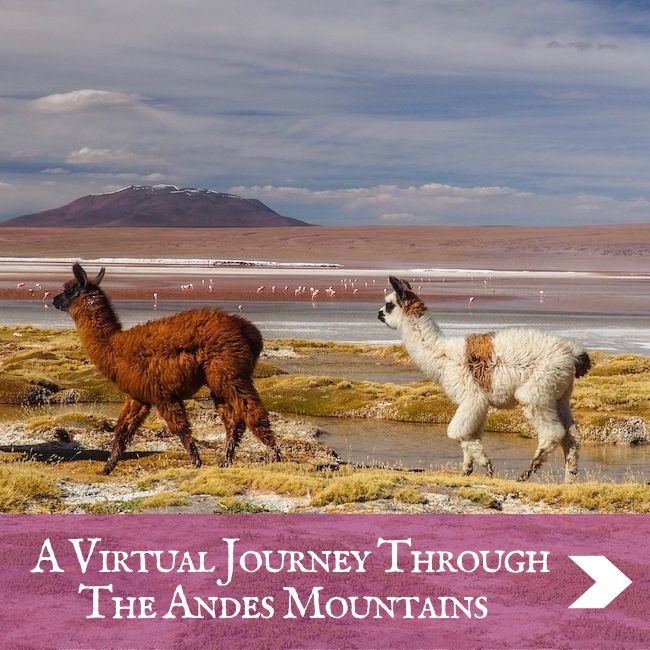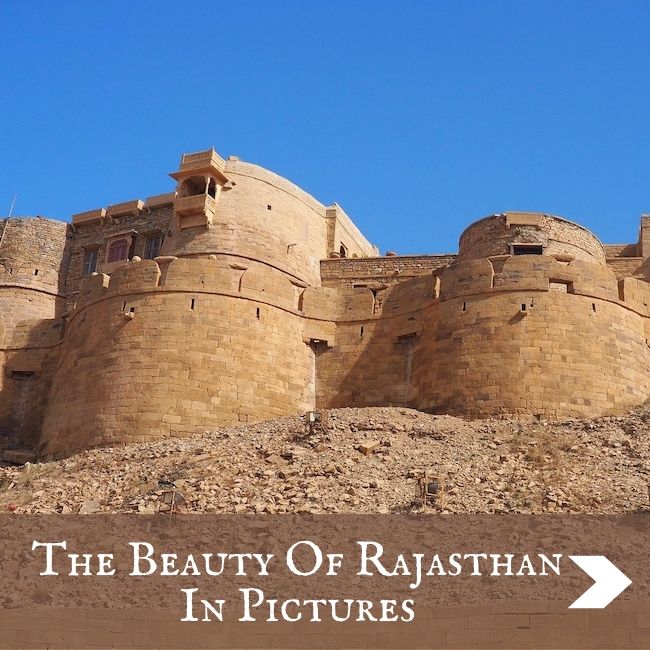NEPAL: PHOTOGRAPHS FROM THE ROOF OF THE WORLD
NEPAL: PHOTOGRAPHS FROM THE ROOD OF THE WORLD
It’s a country we visited back in 2016, just one year after the devastating series of earthquakes and tremors that rocked the Kathmandu Valley and beyond.
We saw a country that was desperately trying to attract foreign tourists back to its high-altitude trekking in the Everest and Annapurna regions. To once again explore its cultural riches along the Kathmandu Valley. And to venture to its lesser-visited wilderness and jungle areas in the south.
Indeed it enjoyed a measure of success in that international tourist numbers more than doubled between 2015 and 2019, before collapsing in 2020 when the pandemic hit.
But now, as the country struggles to contain a new surge of COVID-19 cases, it arguably faces an even bigger challenge in attracting back such numbers in the foreseeable future. Which would be a shame, because it’s a country with a lot to offer anyone who enjoys spectacular scenery and immersing themselves in a culture rich in tradition and incredible architecture.
So it’s with this in mind that we’ve put together some of our favourite photographs from our 2016 visit to give you an insight into the country. And perhaps inspire you to consider Nepal as one of your post-COVID destinations of choice.
Bhaktapur
Obviously, the difficult terrain would have hampered recovery. But, as a result of political squabbling and a lack of local government infrastructure, the worldwide relief aid that poured into the country didn’t materialise where it was most needed. Something we heard a lot from people we spoke to in Bhaktapur, back in 2016.
Known as “The City Of The Temples”, Bhaktapur was recognised before the earthquake as perhaps Nepal’s best-preserved ancient city. Something we tried to picture as we wandered around the rubble-strewn lanes, where bricks from demolished buildings were stacked loosely in anticipation of their restoration at some point in the future.
And in Bhaktapur, perhaps the most famous example of a Newãr window in the entire Kathmandu Valley is the 15th-Century Peacock Window. Which looked in remarkable condition considering that the wall it’s surrounded by was damaged by the earthquake and had to be rebuilt.
Boudhanath
Alas, it suffered major damage to the gilded tower that sits above its whitewashed dome, so wasn’t open when we visited. However, the bustling atmosphere in the circular perimeter surrounding it was still as vibrant as we could have imagined. The sight of monks in their orange and maroon robes. The sweet smell of burning incense. And the din coming from helpful locals as they stood in line to ferry building materials up to the stupa’s dome.
It actually reopened in November 2016 after a restoration cost of $2.1m, including an extra 30kg of gold.
We caught a photograph of this monk gathering “alms” – a practice that comes from the disciplinary rules for monks that include only being allowed to eat what is offered in their bowls each morning as part of their “alms rounds”.
Trekking to Khopra Danda
In truth, we probably chose the wrong time of year to do it as the May weather was typically blighted by a constant haze which rendered visibility of the mountains almost impossible until we climbed above a certain altitude.
But once we rose above the haze, the full glory of spring in the Himalayas presented itself. Beginning with the colourful rhododendrons which carpeted the hillsides with their blooms of red, pink, white and magenta.
Happily, the Khopra Danda trek was almost devoid of other people. Better still, we had the additional trail to the remote Khayar Lake at 4800 metres all to ourselves. And, after all that haze, the sight of the snow-covered Annapurna range reaching high into the cloudless blue sky made all the effort to get there worthwhile.
But we were even more excited about trying yak’s cheese. Which turned out to be rather like Dutch Gouda instead of the soft goat’s cheese texture we’d been expecting. Nevertheless, it was an unexpected treat to break up the daily ritual of eating rice, lentils and vegetables.
We managed to get a photograph of this one as he grazed to the side of a larger herd.
The fact that our daily feast of Daal Bhat (lentil curry served with rice, vegetables, pickle and a papadom) came with unlimited top-ups was a quantity-over-quality bonus. And the ravioli-like momos – served with a spicy sauce – was a lunchtime favourite.
But our most memorable dish was the simple breakfast we enjoyed on our terrace in the lovely village of Ghandruk. Consisting of a small bowl of lentil soup and a freshly prepared circle of wheat, millet and corn Gunung bread – shallow-fried and hot – it was a taste sensation.
But, more than anything, we’d love to think that the people of Nepal can come out of the current dire situation with a renewed sense of hope and optimism. Especially if international tourism returns to the same levels as it was before.
That won’t be easy for sure. The double whammy of the earthquake and the pandemic is a body blow that will be hard to recover from. But, for a nation that sits proudly on the rooftop of the world, it’s something that must happen as soon as it’s safe enough to do so.
Visit our Nepal home page for more posts and a wealth of additional information to help you plan your trip.
Hi, we’re Ian and Nicky, an English couple on a voyage of discovery around the world, and this blog is designed to reflect what we see, think and do. Actually, we’d like to think it also provides information, entertainment and inspiration for other “mature” travellers, too. So please feel free to pour yourself a glass of something suitably chilled and take a look around.


